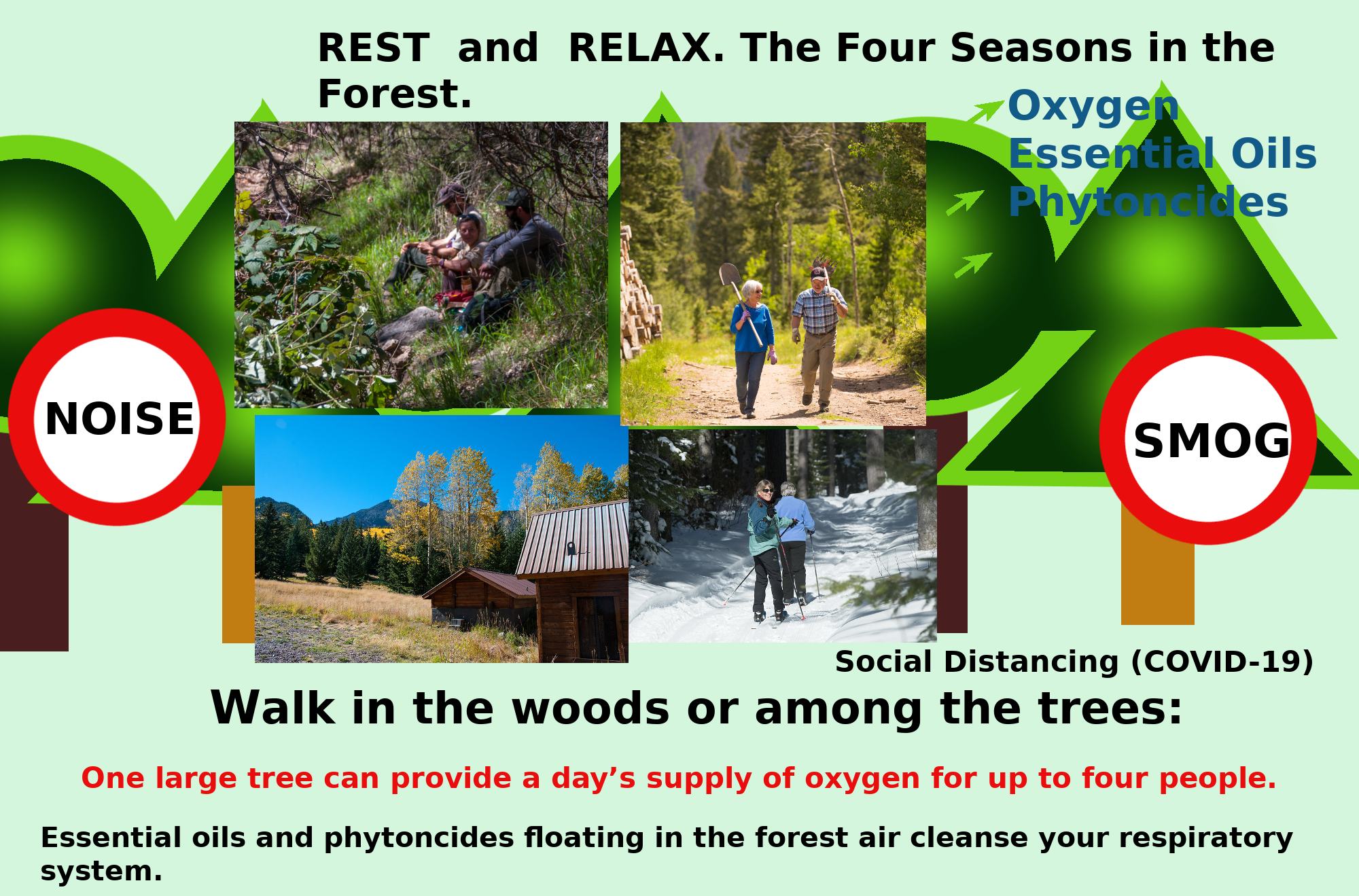The word walk is descended from the Old English wealcan "to roll".
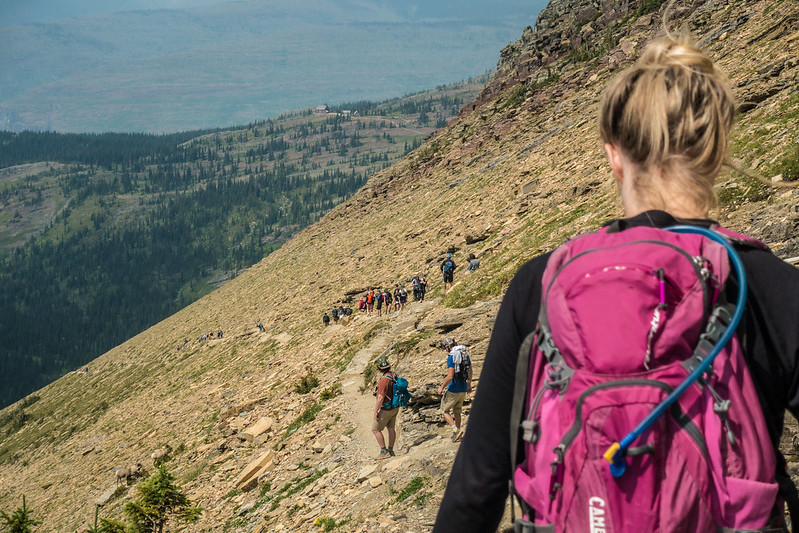
Hiking is a long, vigorous walk, usually on trails or footpaths in the countryside.
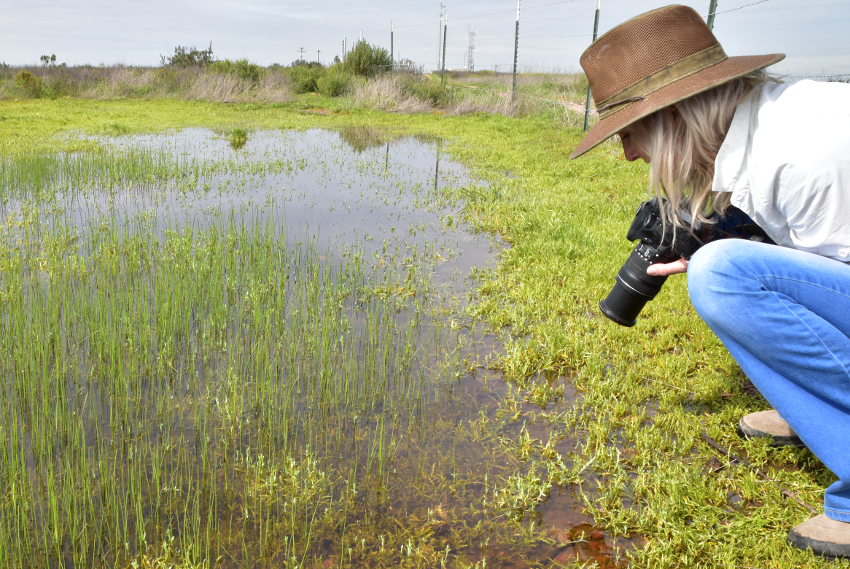
Passion for photography.
There are a variety of different kinds of walking, including beach walking, hillwalking, volksmarching, Nordic walking, trekking, dog walking and hiking.
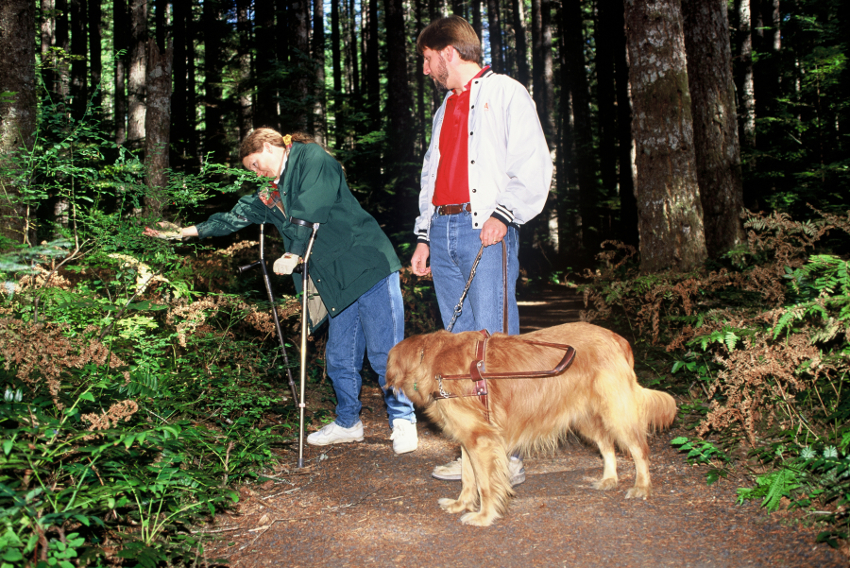
Walk
Walking - Health benefits
Regular, brisk exercise of any kind can improve confidence, stamina, energy, weight control and life expectancy and reduces stress. Scientific studies have also shown that walking, besides its physical benefits, is also beneficial for the mind, improving memory skills, learning ability, concentration and abstract reasoning, as well as ameliorating spirits. Sustained walking sessions for a minimum period of thirty to sixty minutes a day, five days a week, with the correct walking posture, reduce health risks and have various overall health benefits, such as reducing the chances of cancer, type 2 diabetes, heart disease, anxiety disorder and depression. Life expectancy is also increased even for individuals suffering from obesity or high blood pressure.
In Continental Europe amongst the most popular areas for hiking are the Alps and in the United Kingdom the Lake District, Snowdonia, and the Scottish Highlands. In the US the National Park system generally is popular, whereas in Canada the Rockies of Alberta and British Columbia are the most popular hiking areas.
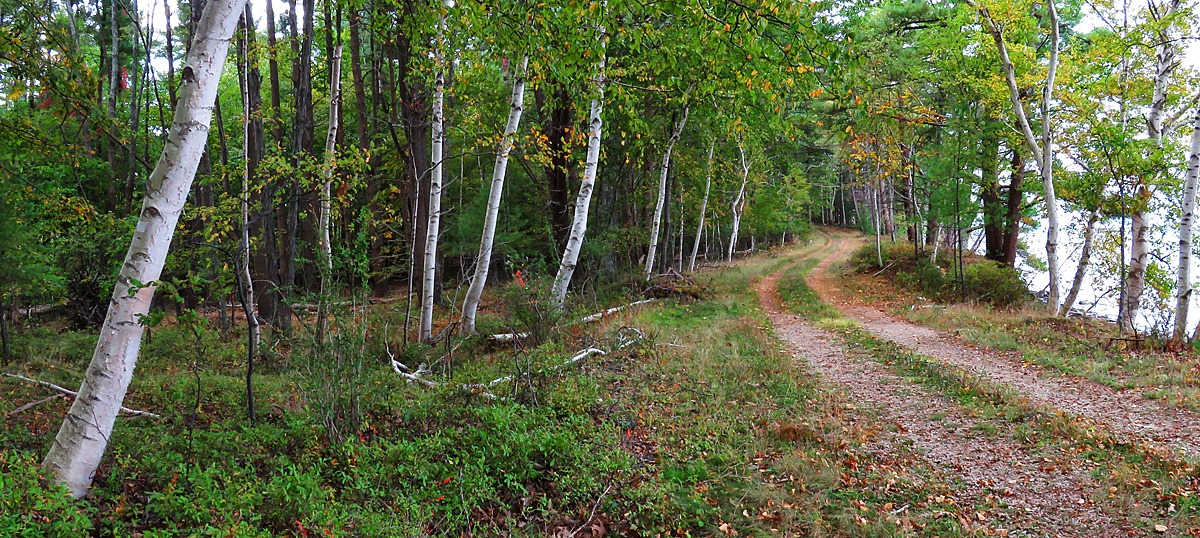
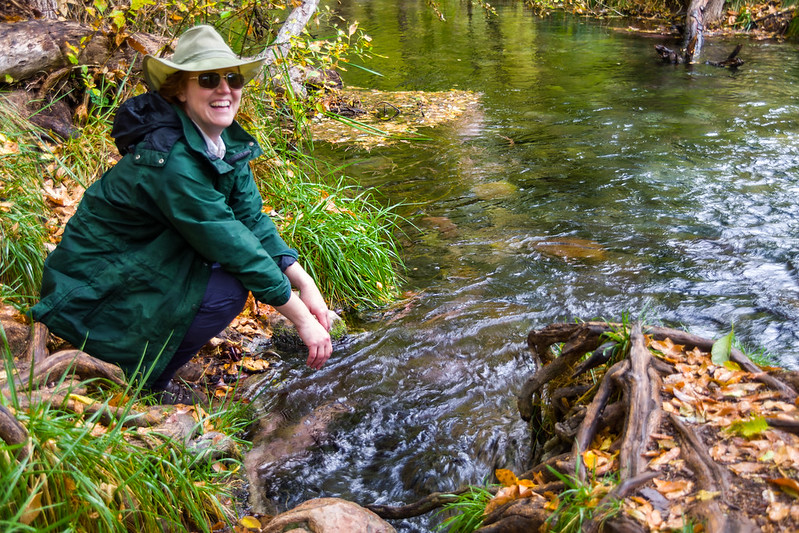
The equipment required for hiking depends on the length of the hike.
Day hikers generally can carry at least water, food, a map, and rain-proof gear. Hikers have traditionally worn sturdy hiking boots for stability over rough terrain.
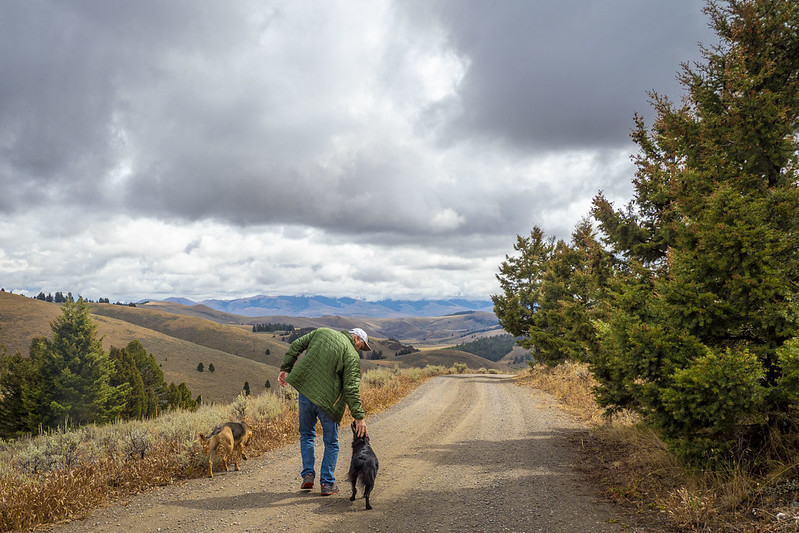
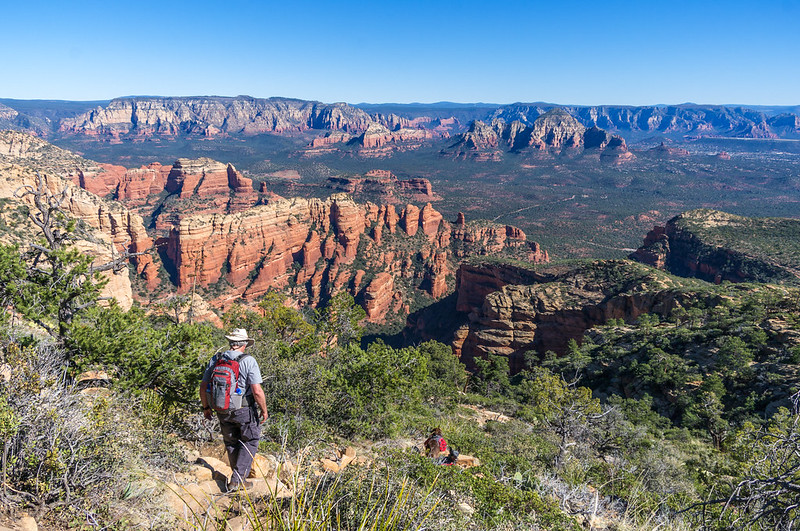
source information : wikipedia.org

